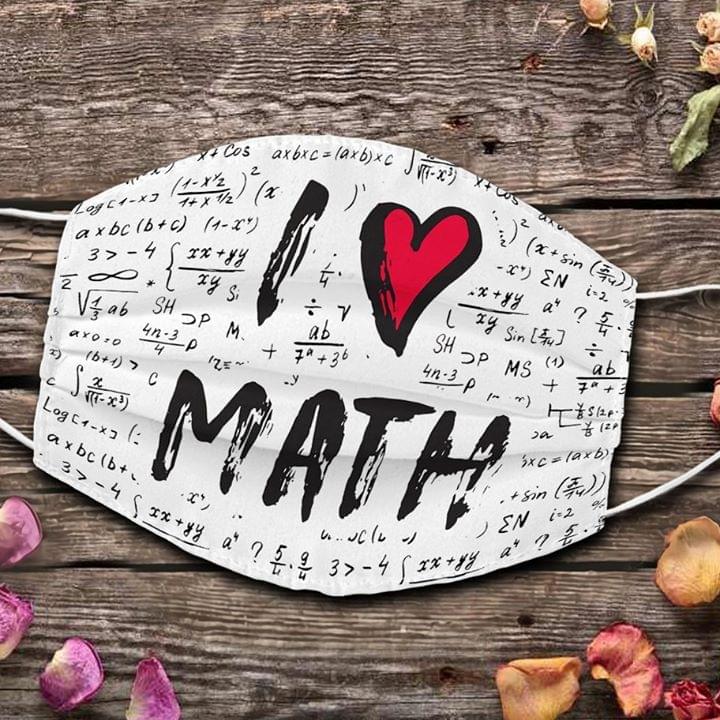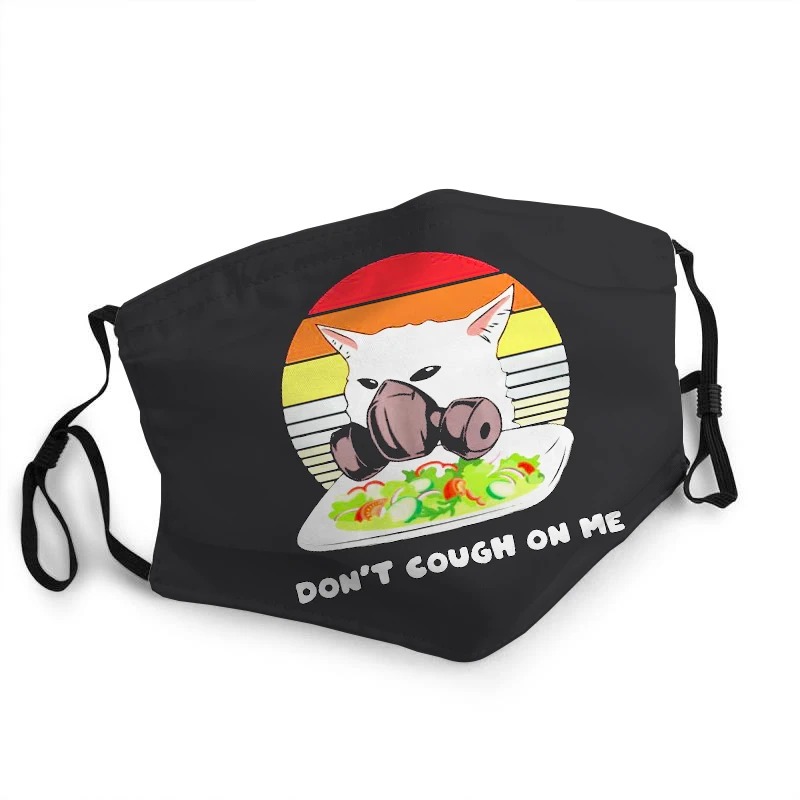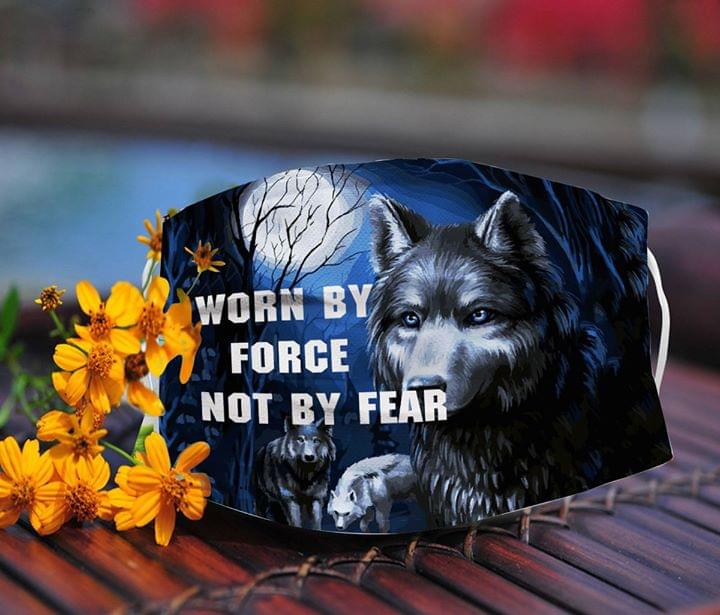
BUY THIS PRODUCTS FROM AMAZON.COM HERE
✅ Printed in the USA
✅ High-quality
✅ Order at amazon.com
MINZY Crochet and Knitting and When Life Became Too Frenzied She Took Up Her Knitting and Breathed A While Poster
Basically, you’ll knit 365 rows, one for each day of the year, and the color of yarn you use for each one will depend on the average temperature that day. And after a year of crafting, you’ll have more than a cozy garment to keep you warm through the winter—you’ll have a stylish conversation piece to discuss with anyone who wants to know what the pattern means.
We’ll discuss planning more than process here because this project can truly be anything you want it to be. You can go big and make a toasty blanket to hibernate under, or simply make a basic scarf. You can customize colors as well—a classic rainbow scheme will ask for cold hues for winter, and warmer ones for summer, but randomly assigning your favorite tones to the temperature scale will give your project a personal touch.
Making a scientifically accurate temperature scarf or blanket will require some thinking. Careful preparation will also prevent you from having to get more yarn (and maybe not finding it), or ending up with an oversized project—be that a scarf longer than a reticulated python or a blanket big enough to cover your car. MINZY Crochet and Knitting and When Life Became Too Frenzied She Took Up Her Knitting and Breathed A While Poster
If you’re highly disciplined and plan on adding to your project daily for an entire year, you can choose your colors by checking your favorite weather app and calculating each day’s average temperature.
But let’s be honest: it’s incredibly hard to maintain that level of consistency for 12 months. That’s why your best bet is to find a platform that displays official weather data from the National Oceanic and Atmospheric Administration. There are many, but some are easier to use than others.
We got our numbers from the National Weather Service Forecast Office’s website, which has daily weather data going back to 1948 and allows you to easily copy and paste numbers without disastrous formatting. Find your general location on that map, click on it, go to Climate and Past Weather, and select the NOWData tab on the far right. For a more specific location, scroll down the menu under Location and find the weather station closest to you. Under Product, select the bubble next to Daily data for a month, and then use the calendar under Options to choose a month and a year. Click Go, and the system will show you a table with different columns of information. The one you’ll need for your project is the one headlined Average (fourth from the left).
This sounds like something to decide at the yarn store, but it’s crucial to think about it beforehand. The more hues you have, the more accurate your weather record will be. But more colors will make your project more expensive, as you’ll need to buy balls of different yarns.
Visit our Social Network: Pinterest, Blogger, and see more at our collection.





